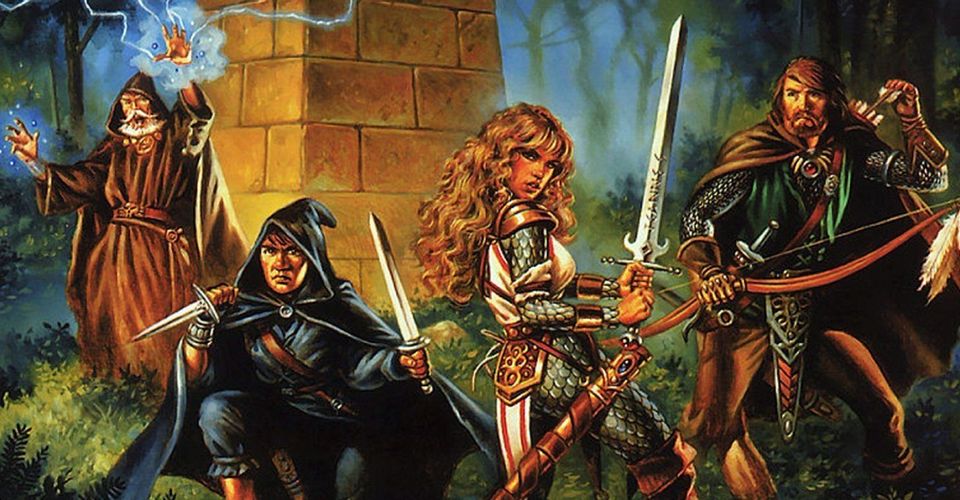D&D Multiclassing Combinations You May Not Have Thought Of

When it comes to multiclassing in Dungeons & Dragons, there are a handful of combinations that are readily recommended by forums and veteran players, and some that rarely get used but can yield surprisingly powerful results. Well-known character builds players might be familiar with are the Sorcerer and Warlock Coffeelock, the high charisma Paladin and Bard, or abusing the Fighter class for action surge and combining it with any martial class. If players want to try something new or don’t find any of the notable multiclasses to their liking, they may want to try exploring unusual class combinations.
It is important to keep in mind stat requirements when deciding to multiclass in D&D. Certain classes require particular stats to be at or above a set number to bar players from unnecessarily dipping into a class for powerful features. Having these things in mind early on when creating a character can give players the chance to balance out their stats in the beginning and avoid roadblocks later on when trying to multiclass.
Combining brute force with the power of nature in Dungeons & Dragons can yield fun and interesting results with the martial Barbarian and the spellcasting Druid. To take levels in these two classes, players must either have a base strength of 13 for Barbarians, or base wisdom of 13 for Druids. One of the most exciting prospects of this combination is what players can do with Wild Shape and Rages. When using the Druid’s Wild Shape, players assume the hit points and abilities of the beast they have transformed into. When in a Barbarian’s Rage, player-characters become resistant to non-magical bludgeoning, piercing, and slashing damage. This gives the possibility for players to transform into a charging mammoth that is immune to non-magical physical damage while protecting their character’s base hit points.
Unusual Dungeons & Dragons Classes To Multiclass In

If D&D players are looking for an unorthodox yet complementary martial and caster D&D class mixture, they may want to try fusing a Rogue and a Cleric. Both classes are encouraged to have high wisdom, and with the DM’s discretion, a Cleric’s strength modifier can be swapped out for high dexterity to use finesse weapons and fit with the Rogue’s need for a base 13 dexterity modifier. The Cleric’s proficiency with medium armor and the Rogue’s sneak abilities can keep players protected and hidden without imposing a disadvantage on stealth checks. Inflict Wounds, a Cleric-specific spell, also works wonderfully with the Roguish Assassinate feature.
Although Fighters are one of the most abused multiclass options in Dungeons & Dragons, combining them with a Bard creates a surprisingly well-balanced character build. Fighters do exactly what their name implies, and they fight with fervor and an unending determination that makes them excellent in combat. They lack a certain level of support features, and that is where multiclassing into a Bard can come in handy. Bards are known as the jack-of-all-trades, with their host of party-bolstering abilities such as Inspiration and Song of Rest.
However, multiclassing is not necessary by any means. It can be interesting for players who wish to test themselves or add new motivations to a character backstory, but multiclassing can be challenging. By dipping into another class, there will always be other high-level skills lost from a player’s base class, and managing all of the features can be tricky for both new and old players. Any of the official classes for Dungeons & Dragons are perfectly valid and powerful enough on their own.
About The Author

















